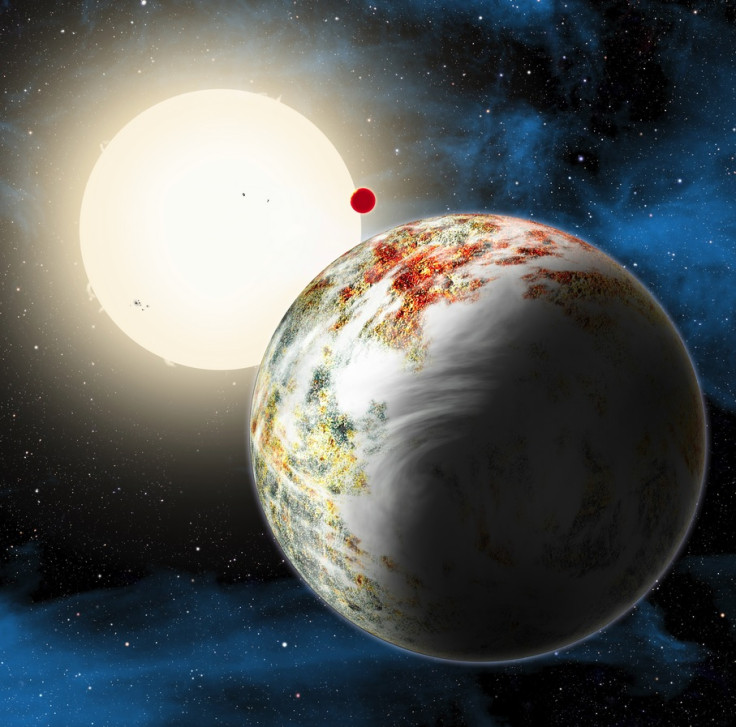Godzilla of Earths Discovered: Mega-Earth Kepler-10c 'Could Rewrite History of Universe'

The 'Godzilla of Earths' has been discovered 560 light years away in the constellation Draco.
Astronomers from the Harvard-Smithsonian Centre for Astrophysics (CfA) discovered an entirely new type of planet, dubbed a "mega-Earth", which theorists once believed could not have existed.
Kepler-10c weighs 17 times as much as earth and its existence was thought impossible as anything so large would grab hydrogen gas as it grew, meaning it would become a gas giant like Jupiter.
However, Kepler-10c is believed to be entirely solid and is far bigger than any previously discovered "super-Earths". Astronomers say it has the potential to rewrite the history of the universe and the potential for extraterrestrial life.
Dimitar Sasselov, CfA researcher, said: "This is the Godzilla of Earths! But unlike the movie monster, Kepler-10c has positive implications for life."
The mega-Earth is about 11-billion-years-old and orbits its sun-like star in 45 days. It also hosts a "lava world", called Kepler-10b, which has a mass three times that of our planet.

Kepler-10c was spotted by Nasa's Kepler spacecraft which finds planets by watching for when they pass in front of a star. Kepler measures the amount of dimming to work out the planet's size but cannot establish if it is rocky or gassy.
The mega-Earth was found to be 2.3 times as big as Earth, suggesting it was a gassy planet. However, after measuring the mass, astronomers found it was far heavier than expected, meaning it had to be composed of rock and other solids.
Xavier Dumusque, who discovered the planet, said: "Kepler-10c didn't lose its atmosphere over time. It's massive enough to have held onto one if it ever had it. It must have formed the way we see it now."
Kepler-10c's age also throws up questions about the history of the universe. In the early universe, only hydrogen and helium existed. Heavier elements required to make rocky planets were thought to have been created after the first generation of stars exploded, scattering them into space.
However, this process would have taken billions of years. As Kepler-10c formed just three billion years after the Big Bang, it shows rocky planets could have formed far earlier than previously thought.
"Finding Kepler-10c tells us that rocky planets could form much earlier than we thought. And if you can make rocks, you can make life," Sasselov said.
© Copyright IBTimes 2025. All rights reserved.






















